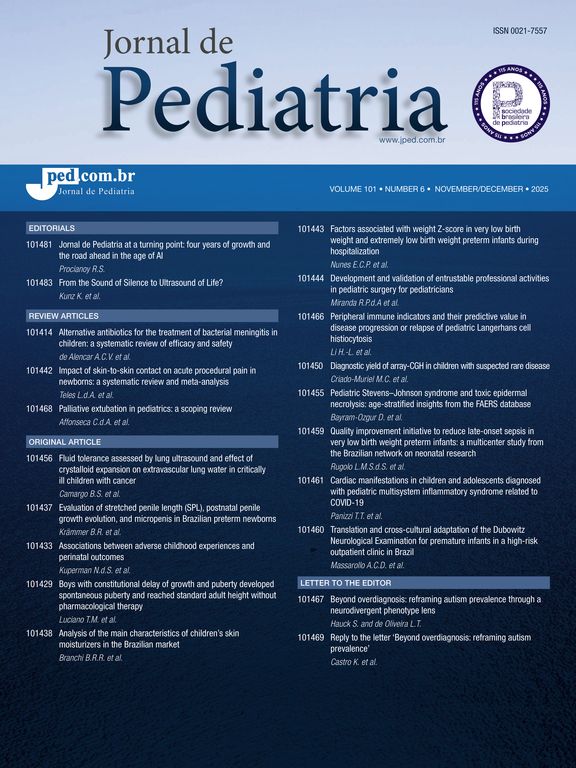Among Gastrointestinal Duplications, colonic duplications are the less common. The case presented here consist of a duplication of the transverse colon, difficult to diagnose, wich had abdominal distension as the main symptom. A 4-year-old child was referred to the Unity of Pediatric Surgery, Hospital de Base, Brasilia, DF with a history of progressive abdominal distension. Plain X-Rays of the abdomen demonstrated a large fecaloma, which demanded removal. A Barium Enema was done suggesting Congenital Megacolon. A rectal biopsy was performed under general anesthesia, demonstrating normal ganglion cells. Medical treatment was instituted for chronic constipation in the Pediatric Gastroenterology clinic. The patient returned three months later with the same complaints. A new retal biopsy was done; normal ganglion cells were described, ruling out Hirschsprung's disease. The parents were told to insist on the medical treatment diets. Four years later the patient was seen in the Emergency Room with signs and symptoms of low intestinal obstruction. Exploratory Laparotomy was undertaken as an emergency and the findings were complete volvulus of the large bowel involving the transverse colon up to the splenic flexure, demonstrating a large duplication of the transverse colon. A resection of the duplication and end-to-end colonic anastomosis was performed with an uneventful postoperative care. Discharged on excellent conditions.
The Impact Factor measures the average number of citations received in a particular year by papers published in the journal during the two preceding years.
© Clarivate Analytics, Journal Citation Reports 2025
SRJ is a prestige metric based on the idea that not all citations are the same. SJR uses a similar algorithm as the Google page rank; it provides a quantitative and qualitative measure of the journal's impact.
See moreSNIP measures contextual citation impact by wighting citations based on the total number of citations in a subject field.
See more







